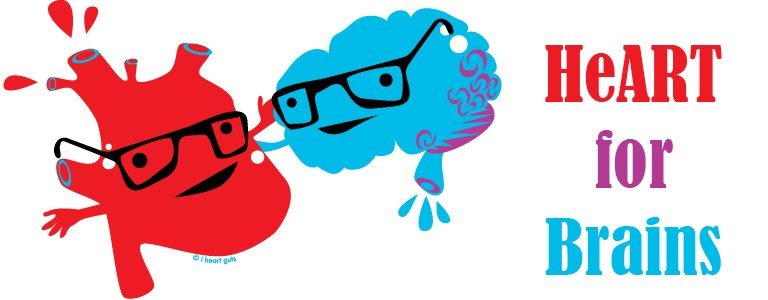 |
| Photo by Kalil, CC BY-NC-SA |
As I've worked toward self-acceptance and continued to cultivate self-love, I've gradually shifted in my approach from force to invitation, heading away from a model based on fear and control towards a theory of change centered in tenderness, kindness, gentleness, and patience. This looks like slowly and carefully building a path toward healing through a forest, one hand-carved step at a time. It involves daily reflection and relaxation, with a lot of attention given to rest and recovery during and after I lay each step down on the path. It means having the opportunity to experience the process while it's happening, and appreciating the beauty of the landscape around me. It means connecting deeply with the essential humanity of this forest of fear and trauma and pain and grief and anger. This may be my forest, my path through the woods, but it is also part of the larger human story. My journey towards myself is a part of the healing of the whole world. This approach feels much more vulnerable. Even though my earlier strategy had clear consequences of fear and pain, these were brief moments of vulnerability - only a few seconds on the diving board before closing my eyes and jumping off. The slow approach requires maintaining a state of vulnerability over time. It means acknowledging my desire for connection with myself and other people, and reaching toward it over and over. It means asking for help in gathering the materials that I need to build each step on the path. It means witnessing my limitations with my eyes open, and allowing others to witness me too. This version of "the only way out is through" looks like open eyes, an inviting smile, an expression of curiosity and hands outstretched toward those I love. The energy of this approach is calm, centered, present and loving, with a deep faith that I am worthy just as I am, shadows and all. This is a new place for me, a tenuous but beautiful space of unconditional love. I invite you to join me here today - worthy and deserving and wonderful, just as you are.

